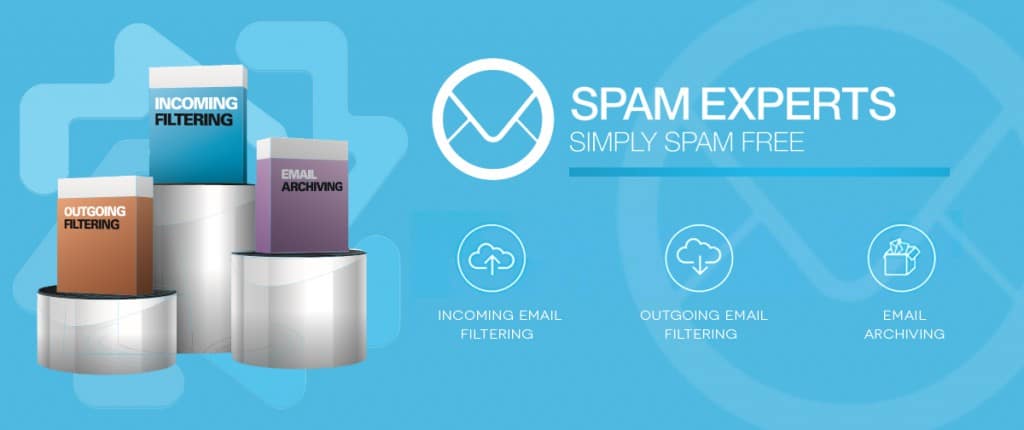Do your emails arrive in the spam of your registrants and your customers? Tired of paying for your email campaigns when half or even more will never be read because of spam?
Spam email campaign
Like you, I send thousands of emails each month to my subscribers to my various mailing lists. I noticed that when my customers answered me, from time to time, appeared in their subject “RE: the subject of my email”. This would suggest to me that my emails were considered spam many times. I did the test by subscribing to my own mailing list and indeed, my emails went into spam… so…
How to send emails that will arrive in the main box?
Already understand why emails sometimes arrive as spam and we will then see how to fix them. Your emails arrive as spam because email providers like Outlook, Gmail, Free, Orange and many others consider that your emails are irrelevant or wanted for the owner of the email. So without going into the technique, you should always keep in mind that your emails must be relevant to those who sign up. Then, you have to convince the email providers that your emails come from a serious site. Mainly using an email address that is in @your domain name.
Test if your email is considered spam
I advise you to use the mail-tester.com site which is a service which allows you to test whether your email is considered spam or not. Just send an email to an address automatically generated by mail-tester once the email is sent, click on “Check your score”.
Add a DKIM key to your email
What is a DKIM key?
A DKIM key is a small piece of code in your email that is not seen in the email but only in the header of an email. The header of an email is simply code that gathers the technical information of an email (such as the IP address of the person or server sending the email). The DKIM protocol allows you to warn email providers that your email address is compliant and comes from someone related to the domain name in the email.
Suppose someone pretends to be you by sending an email under your email address (which is possible and rather easy), well he will not have this DKIM identification and it may however be noted that it is well you the sender of the email.
How do I add a DKIM key?
You already need one. So you can generate a DKIM key first. Once you have this key which should make about 4 lines of incomprehensible code, you will be able to add it to your DNS Zone. Do not panic, the DNS zone is simply a table which indicates where your services are associated with your domain name. So go to your registrar’s site (OVH, 1and1, Gandi, whatever) and add an entry in your DNS zone.
Once in your DNS zone, fill in the sub-domain given to you by the dkimcore site on which you generated your DKIM key. The subdomain will certainly be something like “1647294528.votresite._domainkey.votresite.fr”.
Finally, it suffices to fill in the “target” or “value” field according to the names. It will be your DKIM key which generally has 4 lines.
Note: do not panic if you repeat the test on mail-tester.com and you see that your key is not accepted. When you make a modification to a DNS zone of a domain name, you must wait for the propagation time (a delay of 4 to 24 hours).
How to fight against identity theft of your email?
Well unfortunately we cannot. Everyone can send an email on behalf of someone else and the only way to know if the email is from the person who owns the email, well it will be in the header of the email. email as you will know.
An article by a fellow blogger explains rather well how to read an email header (even if it remains sharp).
Subject of the email: the forbidden word
Email address providers analyze a lot of things in your email. In particular, the subject of your email. The more elements that indicate that your emailing is questionable, the more suppliers will tend to put your emails directly in the spam box.
Regarding the subject of your email, there is only one word to ban absolutely from all your objects : the word “Free”.
If you put the word “Free” or words come too close to it like “Free” (although it is preferred), your email may be considered suspicious by email providers who will worry about their users (those who have mailboxes at home).
Get your email address from a black list
After testing your email, you may have discovered that your email address is blacklisted.
How to get your email out of a black list?
First of all, you should know that an address cannot be blacklisted, it will be the hosting (or the server call it what you want) that will be blacklisted for sending massive emails. The servers that send emails are easily identifiable by their IP addresses. Each hosting has a different IP address.
The solution is therefore very simple, if you have an email address that contains your domain name after the @, it will be enough to change the host (or registrar) for your email offer. Because ultimately, the accommodation is blacklisted, not your email address personally. If you use an email address like gmail or outlook for example, it will be enough to create an email address with another provider of email addresses.
